How Coaches Are Using COROS Training Tools to Get Ahead
How Coaches Are Using COROS Training Tools to Get Ahead
High School Coaches and College Coaches alike are utilizing COROS Training Tools to improve team performance.
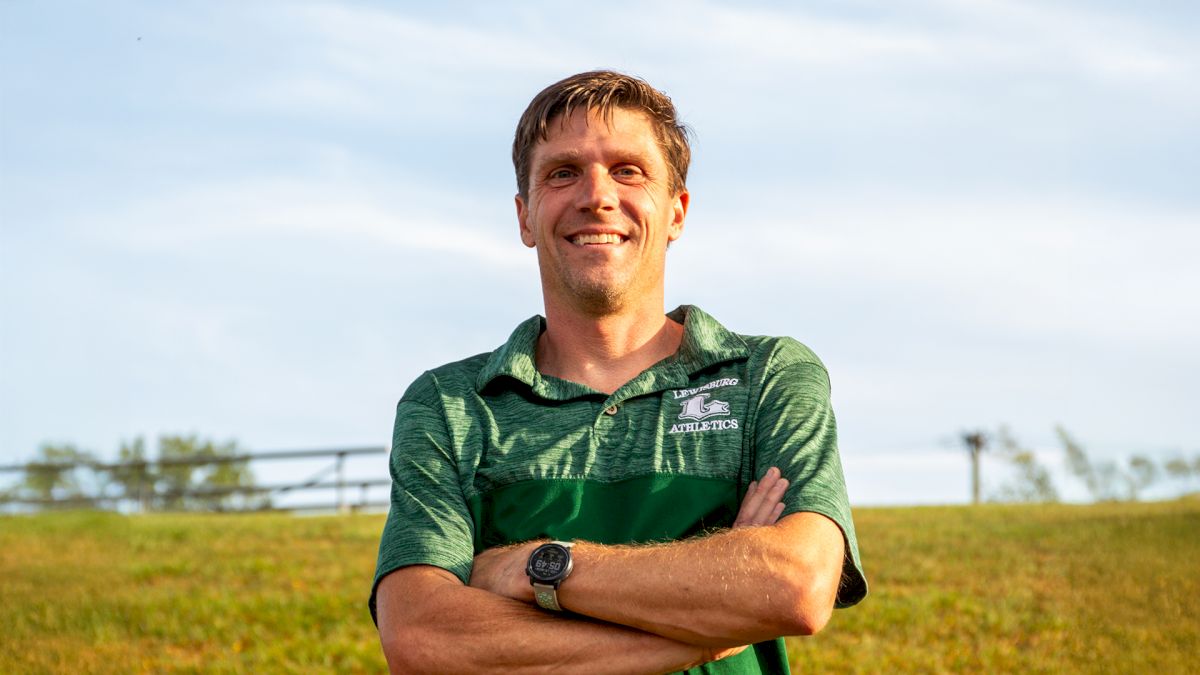
Above: Coach Hess is leveraging COROS Training Tools to improve performance.
For coaches, COROS has released the Coach Training Hub and Group Training Features, which have reimagined how coaches track and look at athlete data. Collegiate and high school coaches alike are rethinking the ways that they can use this information to influence their training plans.
We sat down with Coach Brandon Hazouri, an assistant coach at Wake Forest University, and Coach Ron Hess, a high school head coach at Lewisburg Area HS (PA), to discuss how they’re using COROS Training Tools for an analytical approach to coaching.
The Training Hub
The Hub (pictured below) allows a coach to look at an entire team at once. They can then get into specifics by viewing each athlete profile and diving deeper into the analytics to gain a better understanding for how that athlete is feeling or responding to the workload.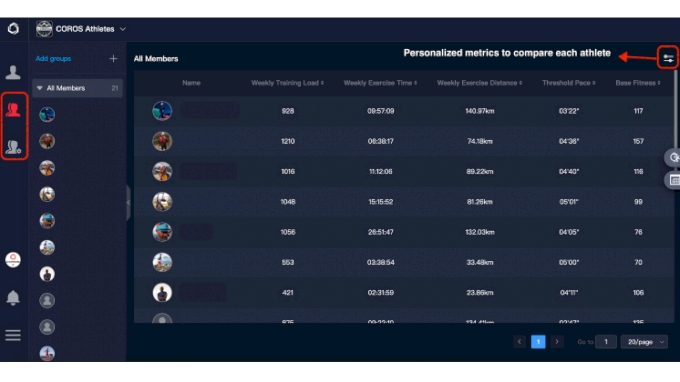
Coach Ron Hess said that he has used the data in some unexpected ways.
“It actually helped us diagnose an issue with one of the runners on our team,” Hess said. “They had a really irregular heart rate and so they ended up going to a doctor after that.”
But the data can certainly be used for more than recognizing anomalies.
Hess described it as “the quintessential tool that you could have.”
“The dashboard is powerful and I like the way it is laid out. You can overlay like eight things on there,” Hess said. “You can look at elevation, heart rate, training load, cadence, etc.”
From a simplicity standpoint, having the data in one place makes diagnostic decisions easier. Having the group data in front of him allows Hess to modify training plans in the moment while also influencing future iterations of his seasonal plans.
“I can look at averages (training loads and heart rates) across the team and say, ‘Maybe I was giving them a bit much.’ There have been workouts where the whole team’s heart rate was higher than I anticipated,” Hess said.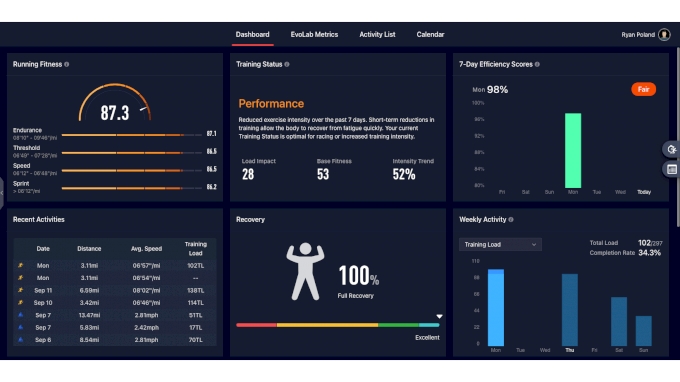
Coach Brandon Hazouri echoed these sentiments.
“It's been great to be able to see all of our athletes all on the same screen and be able to go through all of the metrics including the COROS Training load,” Hazouri said. “Obviously we prescribe volume on the front-end, but then we can quickly check-in and make tweaks on training plans during athlete one-on-ones.”
Group Tracking Feature
COROS has also recently released a Group Tracking Feature. This feature allows a team or a coach to view the live location of all other team members during an activity.
For example, if you have a group of six on a long run, a coach could actively track their paces, distance and location. While in this mode, if any team member needs assistance, they can send an emergency alert to any of the other members of the activity group.
The only true caveat here is that your phone must remain within the bluetooth range of your COROS device.
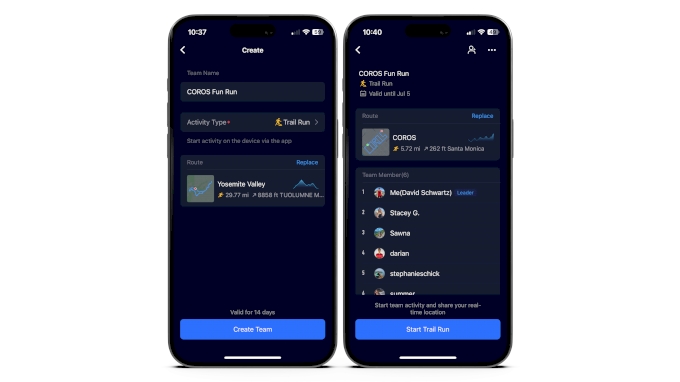
Other Features:
“We’ve started to incorporate more intricate COROS features into our training plans. For example, I’ve been pushing workouts to the kids' watches… So I’ll actually create a route or a workout and send it directly to them,” Hess said.
But to compound that, Hess and his student-athletes have been utilizing the Virtual Pacer to narrow in on their pacing zones during workouts.
“We set those when we have certain reps we want to do. It essentially gives the kids an off-set so that they can check their watch at certain points and know whether they’re ahead or behind pace compared to where they need to be at the end,” Hess said.
The team at Wake Forest University has also keyed in on certain features.
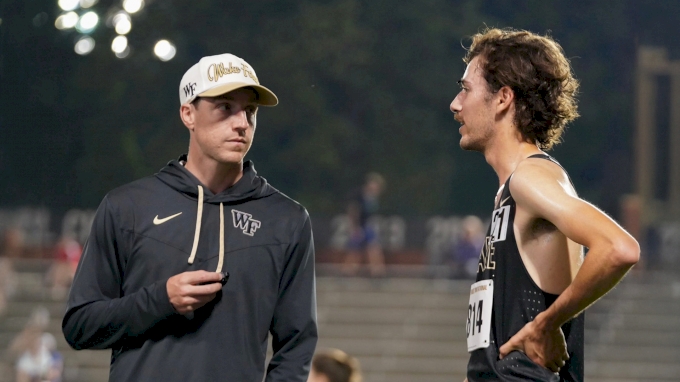
“We’re in love with the track lap mode,” said Hazouri. “When we have athletes doing different workouts in different lanes we can actually tell the watch which lane that athlete is working out in, so we can actually get accurate readings on distance and pace without having to overthink things.”
“It’s not uncommon for us to do workouts backward on the track in lane 8, and so if we have a couple of different groups going in different lanes, it saves us from having to go and measure every point,” he continued. “And the accuracy is there… when we wheel it, the watch is nearly identical to our measurements.”